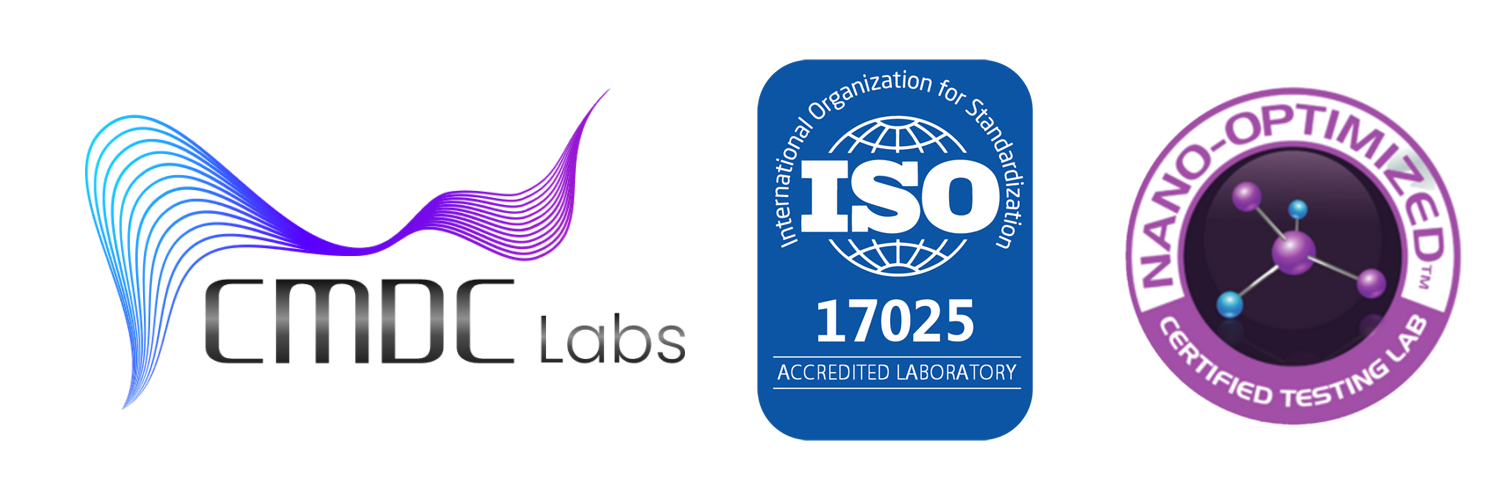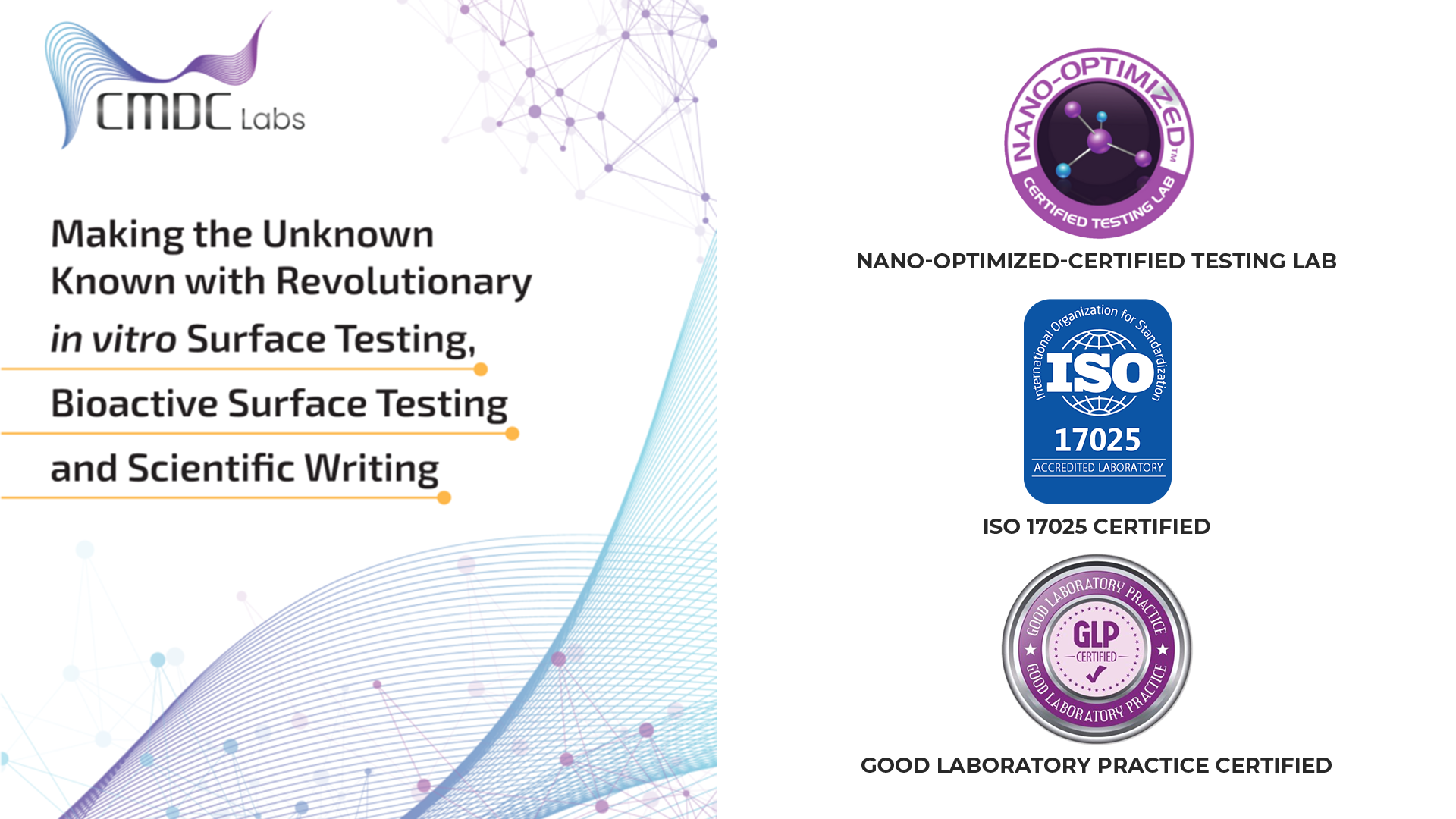Sterility testing is a critical aspect of pharmaceutical manufacturing, ensuring the safety and efficacy of drugs and medical devices. The United States Pharmacopeia (USP) Chapter <71> provides guidelines for conducting sterility testing, outlining procedures for sample preparation, incubation, and interpretation of results. Recently, USP<71> underwent revisions, introducing changes that have significant implications for sterility testing protocols. In this article, we explore the key revisions to USP<71> and their impacts on sterility testing practices.
Overview of USP<71>
USP<71> outlines the procedures for conducting sterility testing on pharmaceutical products, medical devices, and other healthcare products. The chapter provides guidance on sample collection, preparation, and incubation, as well as criteria for interpreting test results. Sterility testing is essential for ensuring the absence of viable microorganisms in pharmaceutical products, thereby safeguarding patient safety.
Key Revisions to USP<71>
The recent revisions to USP<71> aim to enhance the clarity and consistency of sterility testing procedures while addressing emerging challenges in the field. Some of the key revisions include:
- Clarification of Definitions: The revised chapter provides clear definitions of terms such as “sterility,” “aseptic processing,” and “microbial limit testing,” ensuring uniform understanding and interpretation of sterility testing requirements.
- Incorporation of Rapid Methods: With advancements in technology, rapid methods for detecting microbial contamination have become increasingly prevalent. The revised USP<71> now includes provisions for incorporating rapid methods into sterility testing protocols, provided they are validated and meet specified criteria.
- Updates to Media and Culture Conditions: The revised chapter includes updates to the types of media and culture conditions recommended for sterility testing, reflecting advances in microbiological techniques and knowledge.
- Enhanced Guidance on Validation: The revised USP<71> provides enhanced guidance on the validation of sterility testing methods, including recommendations for method suitability testing, growth promotion testing, and validation of alternative methods.
- Inclusion of Risk-Based Approach: Recognizing the importance of risk assessment in sterility testing, the revised chapter incorporates a risk-based approach to determining the frequency and extent of testing based on factors such as product risk, manufacturing process, and previous testing history.
Impacts on Sterility Testing Practices
The revisions to USP<71> have several implications for sterility testing practices in pharmaceutical manufacturing. Laboratories must review and update their testing protocols to ensure compliance with the revised chapter. This may involve validating new testing methods, modifying incubation conditions, and implementing risk-based approaches to testing frequency.
CMDC Labs’ Approach to Compliance
At CMDC Labs, we are committed to staying abreast of regulatory changes and ensuring compliance with the latest standards and guidelines, including USP<71> revisions. Our experienced team of microbiologists and analysts is well-equipped to assist clients in navigating the impacts of USP<71> revisions on their sterility testing protocols. By leveraging our expertise and state-of-the-art facilities, we help our clients maintain the highest standards of quality and safety in their pharmaceutical products.
Conclusion
The revisions to USP<71> represent an important milestone in the evolution of sterility testing protocols. By incorporating advances in technology and addressing emerging challenges, the revised chapter enhances the clarity, consistency, and effectiveness of sterility testing practices. Laboratories must adapt to these changes to ensure compliance and uphold the safety and efficacy of pharmaceutical products.

